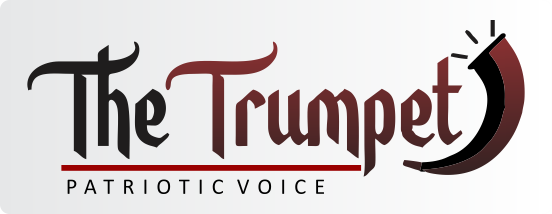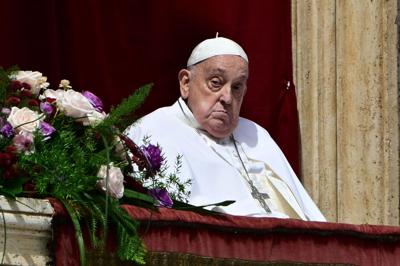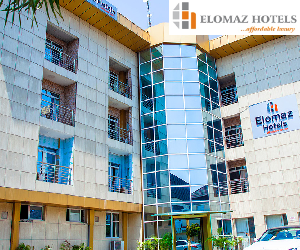As in any other scenario, a successor is imminent after the death of a leader. According to a report by Al Jazeera, among other candidates, three potential successors of Pope Francis as head of the Catholic Church have been named: Ghana’s Peter Turken, Lui Tagle of the Philippines, and Hungry’s Eter Erdo.
Usually, a college of cardinals made up of senior catholic clergymen is the electorate for the new Pope. There are currently more than 240 cardinals worldwide. They hold the title for life. A new Pope is chosen by a certain process, from cardinals below the age of 80. When the Pope dies or resigns, these cardinals vote in what is known as the papal conclave. To prevent outside influence, the conclave locks itself in the Sistine Chapel and deliberates on potential successors.
While the number of papal electors is typically capped at 120, there are currently 138 eligible voters. Its members cast their votes via secret ballots, a process overseen by nine randomly selected cardinals. A two-thirds majority is traditionally required to elect the new pope, and voting continues until this threshold is met.
After each round, the ballots are burned with chemicals, producing either black or white smoke, signaling to the world about the outcome. Black smoke signals that no decision has been made, while white smoke means a new pope has been elected. Once the pope is elected, a top cardinal announces his name from Saint Peter’s Basilica in Rome.
As a result, there is a possibility that, for the first time in centuries, the next Pope could come from Africa, Asia, or another region traditionally under-represented in the church’s leadership.
Among the African cardinals being discussed are Ghana’s Peter Turkson, the former head of the Pontifical Council for Justice and Peace, and the Democratic Republic of the Congo’s Fridolin Ambongo, archbishop of Kinshasa. Both are committed conservatives who have been vocal advocates for peace in their respective countries.
Read Also: Serie A games postponed after death of Pope Francis
When will the papal conclave start? It usually happens two or three weeks after the death or resignation of the sitting Pope. This allows for a nine-day mourning period and for cardinals to make their way to the Vatican from around the world.
The 2013 conclave that elected Pope Francis, the first pontiff from South America, began just 12 days after the resignation of his predecessor, Benedict XVI.
How long does it take to elect a new pope? The process can take days, weeks, or even longer, depending on how divided the cardinals are. The 2013 conclave that elected Pope Francis, the first pontiff from South America, began just 12 days after the resignation of his predecessor, Benedict XVI.
The conclave can hold up to four rounds of voting to try to achieve the required two-thirds majority. If, after 33 rounds, there is still no decision, the top two candidates face off in a run-off vote. The elections of the last three popes have been relatively quick, with each lasting only several days.
But historically, elections have sometimes dragged on much longer, with the papal conclave that elected Pope Gregory X in 1271 taking nearly three years due to fierce political wrangling.
Who are the top candidates to become the next pope? Of the 138 cardinals eligible to vote in the conclave, a total of 110 were appointed by Pope Francis. This group is notably more diverse than previous electors, with a higher representation from Asia, Africa, and Latin America, reflecting Francis’s goal of mirroring the Church’s global reach.
The youngest cardinal elector is only 45 years old, a Ukrainian clergyman based in Australia.






